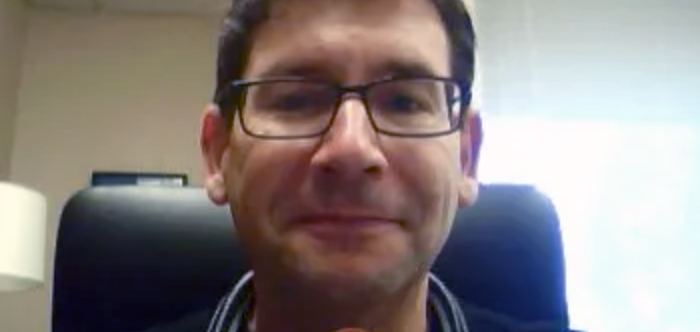
Passion and imagination are two secret ingredients to make a successful engineering design project. We turned to Mr. David Hartman of Koa System Engineering (and also an OCSEF Academy instructor) to get inspired for our next big engineering project.
How to approach an engineering design project? According to David Hartman, founder of engineering consulting firm Koa Systems and an instructor at OCSEF Academy, it’s all about imagination. It’s about thinking what can make our lives easier or better. “An engineering design usually starts with identifying a need or problem to solve, either from a customer or some understanding of a market,” Mr. Hartman says.
“For instance, when mobile phones first became available they were very large and heavy. They also only did one thing: you could talk with someone else. As time went on engineers looked first for ways to make phones smaller and then to add more to what they could do. That is why we have smart phones now. This part of the design work requires some imagination. It is also the place where researching the literature begins. It helps to know what is already available to solve the problem before setting off to design something new.”
The best inspiration for an engineering project can come from things that you love doing or passionate about. Mr. Hartman, who has 25 years experience in two-way communications technology, states that it’s easier to think about your project in an area where you already have some understanding of what kind of things are needed. “I think that the best way for a student to start would be to first think about ideas or hobbies that interest them,” he says. “If they enjoy being on the swim team, for example, they might think about a project related timing swimming events. I would say to pick two or three areas of interest and then think in more detail about what sort of product or solution might be helpful. I have seen projects that deal with everything from washing your dog to designing a mathematical model of the electrical activity on the surface of the human heart. Once the student has few ideas in hand, research can start.”
After following your passion and getting an idea, it’s also valuable to think about how will the product be use, That defines a set of high level requirements for the design. “I usually think these as ‘use’ requirements,” Mr. Hartman says. “How big it is, how fast it works, under what conditions? An example here might be designing a sports watch, like the Apple Watch. Should it have GPS to keep track of how far the user goes, should it measure heart rate, how big can it be, how hot or cold will it get, how long should the battery charge last? This part of the design requires that the engineer try to imaging how the product will be put to use. More research is usually needed here. For instance, what is the smallest battery currently available for a watch and how long will it’s charge last. We need to identify what parts of our product will require new design and what parts are already available. We also have to think about external requirements, like things the government might require. An example of this in the OCSEF world, is that a project can’t be dangerous, and if it requires human or animal testing there are forms that must be filled out.”
Mr. Hartman also says that ideas for projects can come from everywhere around you: adults you know, the internet, and previous projects. Home Depot sponsors a site: https://sciencefaircentral.com/students/engineering-projects .
You also don’t have to work on this alone. “When picking a partner to work with,” Mr. Hartman says, “try to find someone with complimentary skills. My business partner and I started a company back in 2006 that designs and sells a small part used in wireless devices. The design requires knowledge of both Digital and Analog circuits. He is very good at Analog circuits and I am a Digital designer. We also get along well. I think one key is that we respect each other’s contributions. For a student project, I would suggest finding someone you like who will share the work and be willing to get their part done.”
